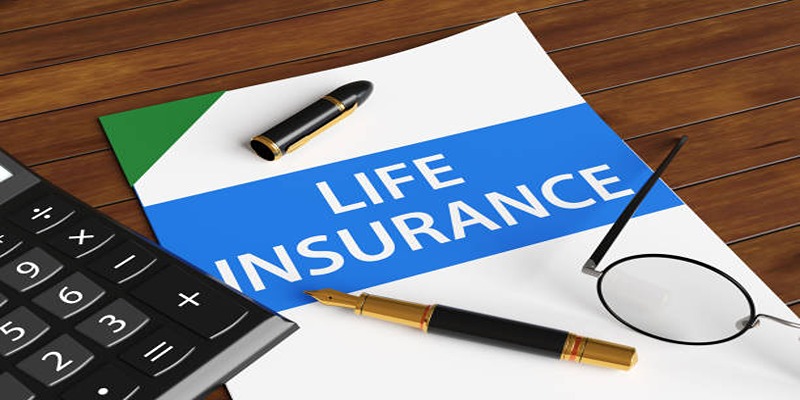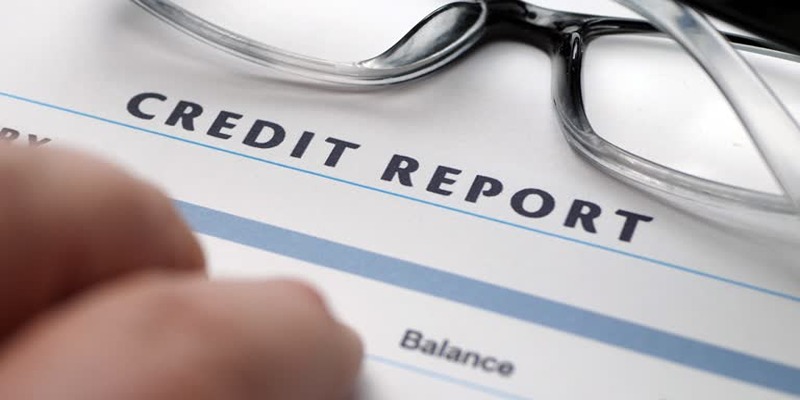When you buy a home and don’t pay the full price upfront, you’ll usually take out a loan. That part is familiar. But what isn’t always obvious is what secures that loan. That’s where something called a Deed of Trust comes into play. It’s not quite the same as a mortgage, though the two serve similar purposes. In essence, a Deed of Trust makes sure the lender gets paid—or gets the property—if you stop making payments. Let’s break it down so it actually makes sense.
The Three Parties You’ll See in Every Deed of Trust
Unlike a mortgage that involves just two parties—the borrower and the lender—a Deed of Trust introduces a third one: the trustee. Sounds complicated, but it’s not once you look at what each person actually does.
1. The Borrower (You)
You're the one buying the property and taking the loan. You agree to repay what you borrowed over time, usually in monthly installments.
2. The Lender (Usually a Bank or Credit Union)
They give you the money to buy the property. If you fail to pay, they want some kind of guarantee they can recover their losses.
3. The Trustee (Often a Title Company or Law Firm)
This person holds legal title to the property—not full ownership, just the authority to sell it if you default. They don't work for the lender or you. They’re neutral, and they step in only when things go south.
Together, these three parties create a legally binding triangle: you get the home, the lender gets assurance, and the trustee keeps everyone honest.
How It Works, Start to Finish
Now that we know who's involved let's talk about how the whole process functions—from the moment the agreement is signed to the point the loan is paid off (or not).
Step 1: The Deed of Trust Is Signed
When the sale is finalized, you'll sign not only a promissory note (that says you agree to pay back the loan) but also a Deed of Trust. This document gets recorded with your local county.
Step 2: The Trustee Holds the Title
You live in the home and make payments to the lender. Meanwhile, the trustee holds onto the legal title of the home—not full ownership, but just enough to act if something goes wrong.
Step 3: You Pay Off the Loan
If everything goes well and you make all your payments on time, once the loan is fully paid, the trustee dissolves the Deed of Trust, and the legal title becomes yours, free and clear.
Step 4: If You Default
If payments stop, the trustee has the authority to initiate something called a "non-judicial foreclosure." That means they can sell your property without going through court as long as the Deed of Trust spells out the process. This part makes things much faster (and cheaper) for the lender, which is one reason they favor Deeds of Trust over mortgages.
The Key Differences Between a Deed of Trust and a Mortgage
They might look alike, especially since both are ways to secure a loan with real estate. But they’re not interchangeable. The legal structure and foreclosure process separate them in big ways.
Non-judicial vs. Judicial Foreclosure
The most noticeable difference is how they handle default. A mortgage usually requires the lender to go through the court system—known as judicial foreclosure. That can take months or even years. A Deed of Trust, by contrast, allows a much quicker path through non-judicial foreclosure. There’s no need to wait for a judge to give the green light.
Number of Parties Involved
Mortgages involve two parties. Deeds of Trust bring in a third—the trustee—which changes how the contract is enforced and resolved.
Geographic Use
Not every state allows both. In fact, whether you get a mortgage or a Deed of Trust often depends entirely on where your home is located. California, for example, uses Deeds of Trust almost exclusively. New York leans toward mortgages.
Who Actually Holds the Title?
With a mortgage, the borrower holds legal title, even if the bank has a lien. With a Deed of Trust, the trustee technically holds legal title to the property until the loan is satisfied. Again, not full ownership, but the legal right to sell the home if needed.
What’s Inside the Deed of Trust Document?
It’s not just a promise to pay. A Deed of Trust contains several key clauses that dictate what can happen during the life of the loan. Understanding these helps borrowers avoid surprises down the road.
Acceleration Clause
If you miss payments, this clause allows the lender to demand the entire loan amount immediately—not just the missed payment. It's like a warning shot before foreclosure begins.
Power of Sale Clause
This clause gives the trustee authority to sell the home without court approval if you stop paying. This is what makes non-judicial foreclosures possible.
Reconveyance Clause
Once you pay off your loan, this clause obligates the trustee to give the legal title back to you. It's essentially your receipt that the debt's been settled.
Maintenance Requirements
Most Deeds of Trust also include a section saying you must keep the property in good shape and insured. This protects the lender's investment, and failure to comply can be considered a breach.
Final Thoughts
So, what is a Deed of Trust? It’s not just another stack of paperwork—it’s a serious legal agreement that holds your property as collateral. It helps lenders feel safe giving you a large sum of money and gives them a quicker way to recover it if you stop paying. You, on the other hand, get the home—but not full legal title until you’ve fulfilled your end of the bargain.
The trustee sits quietly in the middle, doing nothing as long as everything goes as planned. But the moment payments stop, they can step in and sell your home. That’s why it’s important to read what you’re signing and understand who’s holding what and why.












